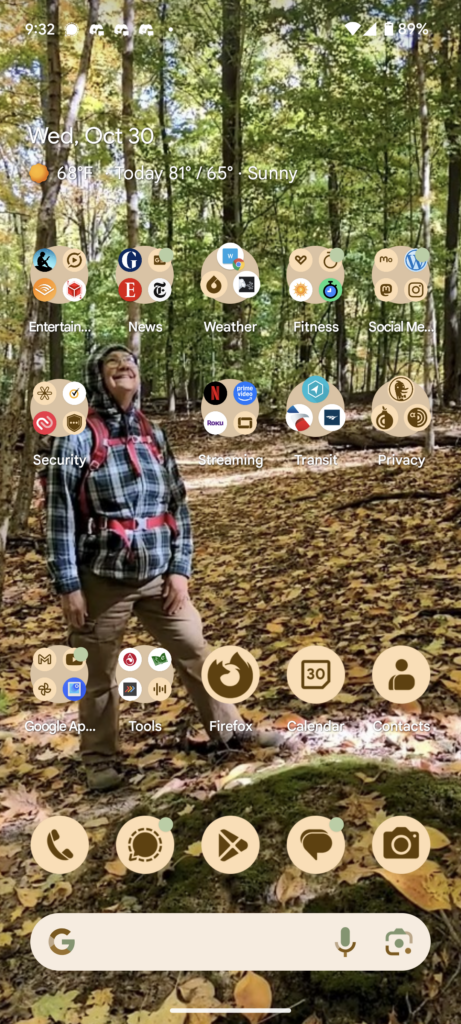It seems like every business now has its own app, which usually offers remote ordering, as well as discounts. I do my best not to use any of them, because they demand (and transmit to the business) all sorts of private information from my phone. This seems to me like something my phone ought to fix.

It ought to be pretty easy on the phone to provide a virtual machine which only passes to an app whatever information the phone owner wants to pass on. For example, you could configure a video loop to provide, if the app wants to turn on the camera, or an audio file to provide if the app wants to turn on the microphone.
You could get quite fancy about things like location, if you wanted to. For example, a fast food app could be provided a random location, but one that was a configurable distance from the fast food restaurant. (I’m imagining that the fast food apps either already do, or soon will, adjust the price based on where you are. For example, if you’re already in the parking lot, they can raise the price, assuming that you’ve already decided to buy from them. They can cut the price if a competitor is closer to your location, to reduce the chance that you’ll stop there instead. The phone could pick a location to maximize your discount, to the extent that people had been able to figure out and share the algorithm.)
These sorts of tweaks would be easy to implement, but there’s no functionality in phones to provide them. It’s as if the manufacturers of the phones want to rat you out to every business with a phone app.
I resist by strictly limiting which apps I install on my phone. But I’d be a lot happier with a virtual machine which would put me in control of what data about me those installed apps could get.
